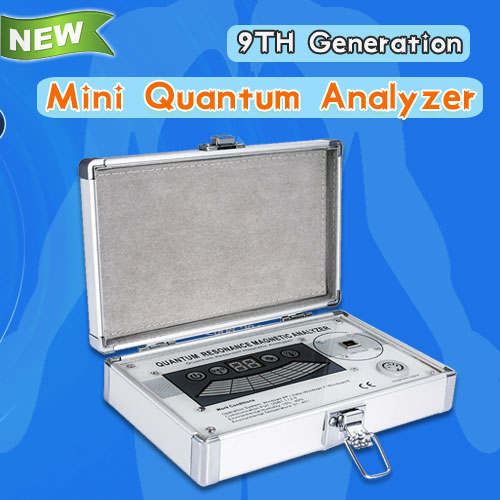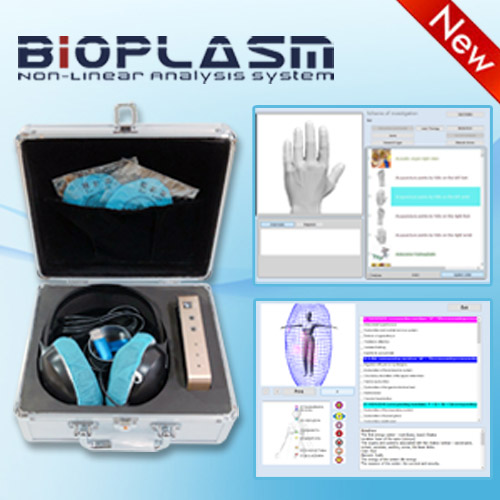What tests do physicians use to diagnose rheumatoid arthritis?
There is no singular test for diagnosing rheumatoid arthritis. The diagnosis is based on the clinical presentation. Ultimately, rheumatoid arthritis is diagnosed based on a combination of the presentation of the joints involved, characteristic joint swelling and stiffness in the morning, the presence of blood rheumatoid factor (RF blood test or RA test) and citrulline antibody, as well as findings of rheumatoid nodules and radiographic changes (X-ray testing). It is important to understand that there are many forms of joint disease that can mimic rheumatoid arthritis.
The first step in the diagnosis of rheumatoid arthritis is a meeting between the health care professional and the patient. The doctor reviews the history of symptoms, examines the joints for inflammation, tenderness, swelling, and deformity, the skin for rheumatoid nodules (firm lumps or bumps under the skin, most commonly over the elbows or fingers), and other parts of the body for inflammation. Certain blood and X-ray tests are often obtained. The diagnosis will be based on the pattern of symptoms, the distribution of the inflamed joints, and the blood and X-ray findings. Several visits may be necessary before the health care professional can be certain of the diagnosis. A doctor with special training in arthritis and related diseases is called a rheumatologist.
It is the inflammation in the joint that helps to distinguish rheumatoid arthritis from common types of arthritis that are not inflammatory, such as osteoarthritis or degenerative arthritis. The distribution of joint inflammation is also important to the health care professional in making a diagnosis. In rheumatoid arthritis, the small joints of the hands and fingers, wrists, feet, and knees are typically inflamed in a symmetrical distribution (affecting both sides of the body). When only one or two joints are inflamed, the diagnosis of rheumatoid arthritis becomes more difficult. The doctor may then perform other tests to exclude arthritis due to infection or gout. The detection of rheumatoid nodules (described above), most often around the elbows and fingers, can suggest the diagnosis.
Abnormal antibodies can be found in the blood of people with rheumatoid arthritis with simple blood testing. An antibody called "rheumatoid factor" (RF) can be found in 80% of patients with rheumatoid arthritis. Patients with rheumatoid arthritis and rheumatoid factor are referred to as having "seropositive rheumatoid arthritis." Patients who are felt to have rheumatoid arthritis and do not have positive rheumatoid factor testing are referred to as having "seronegative rheumatoid arthritis." Citrulline antibody (also referred to as anti-citrulline antibody, anti-cyclic citrullinated peptide antibody, and anti-CCP antibody) is present in 50%-75% people with rheumatoid arthritis. It is useful in the diagnosis of rheumatoid arthritis when evaluating cases of unexplained joint inflammation. A test for anti-citrullinated protein antibodies is especially helpful in looking for the cause of previously undiagnosed inflammatory arthritis when the traditional blood test for rheumatoid arthritis, rheumatoid factor, is not present. Citrulline antibodies have been felt to represent the earlier stages of rheumatoid arthritis in this setting. Citrulline antibodies also have been associated with more aggressive forms of rheumatoid arthritis. Another antibody called the "antinuclear antibody" (ANA) is also frequently found in people with rheumatoid arthritis.
It should be noted that many forms of arthritis in childhood (juvenile inflammatory arthritis) are not associated with blood test positivity for rheumatoid factors. In this setting, juvenile rheumatoid arthritis must be distinguished from other types of joint inflammation, including plant thorn arthritis, joint injury, arthritis of inflammatory bowel disease, and rarely joint tumors.
A blood test called the sedimentation rate (sed rate) is a crude measure of the inflammation of the joints. The sed rate actually measures how fast red blood cells fall to the bottom of a test tube. The sed rate is usually faster (high) during disease flares and slower (low) during remissions. Another blood test that is used to measure the degree of inflammation present in the body is the C-reactive protein. Blood testing may also reveal anemia, since anemia is common in rheumatoid arthritis, particularly because of the chronic inflammation.
The rheumatoid factor, ANA, sed rate, and C-reactive protein tests can also be abnormal in other systemic autoimmune and inflammatory medical conditions. Therefore, abnormalities in these blood tests alone are not sufficient for a firm diagnosis of rheumatoid arthritis.
Joint X-rays may be normal or only demonstrate swelling of soft tissues early in the disease. As the disease progresses, X-rays can reveal bony erosions typical of rheumatoid arthritis in the joints. Joint X-rays can also be helpful in monitoring the progression of disease and joint damage over time. Bone scanning, a procedure using a small amount of a radioactive substance, can also be used to demonstrate the inflamed joints. MRI scanning can also be used to demonstrate joint damage.
The doctor may elect to perform an office procedure called arthrocentesis. In this procedure, a sterile needle and syringe are used to drain joint fluid out of the joint for study in the laboratory. Analysis of the joint fluid in the laboratory can help to exclude other causes of arthritis, such as infection and gout. Arthrocentesis can also be helpful in relieving joint swelling and pain. Occasionally, cortisone medications are injected into the joint during the arthrocentesis in order to rapidly relieve joint inflammation and further reduce symptoms.
This article is provide from [Metatron 4025 hunter],please indicate the source address reprinted:http://www.healthycarer.com/news/other/1583.html






